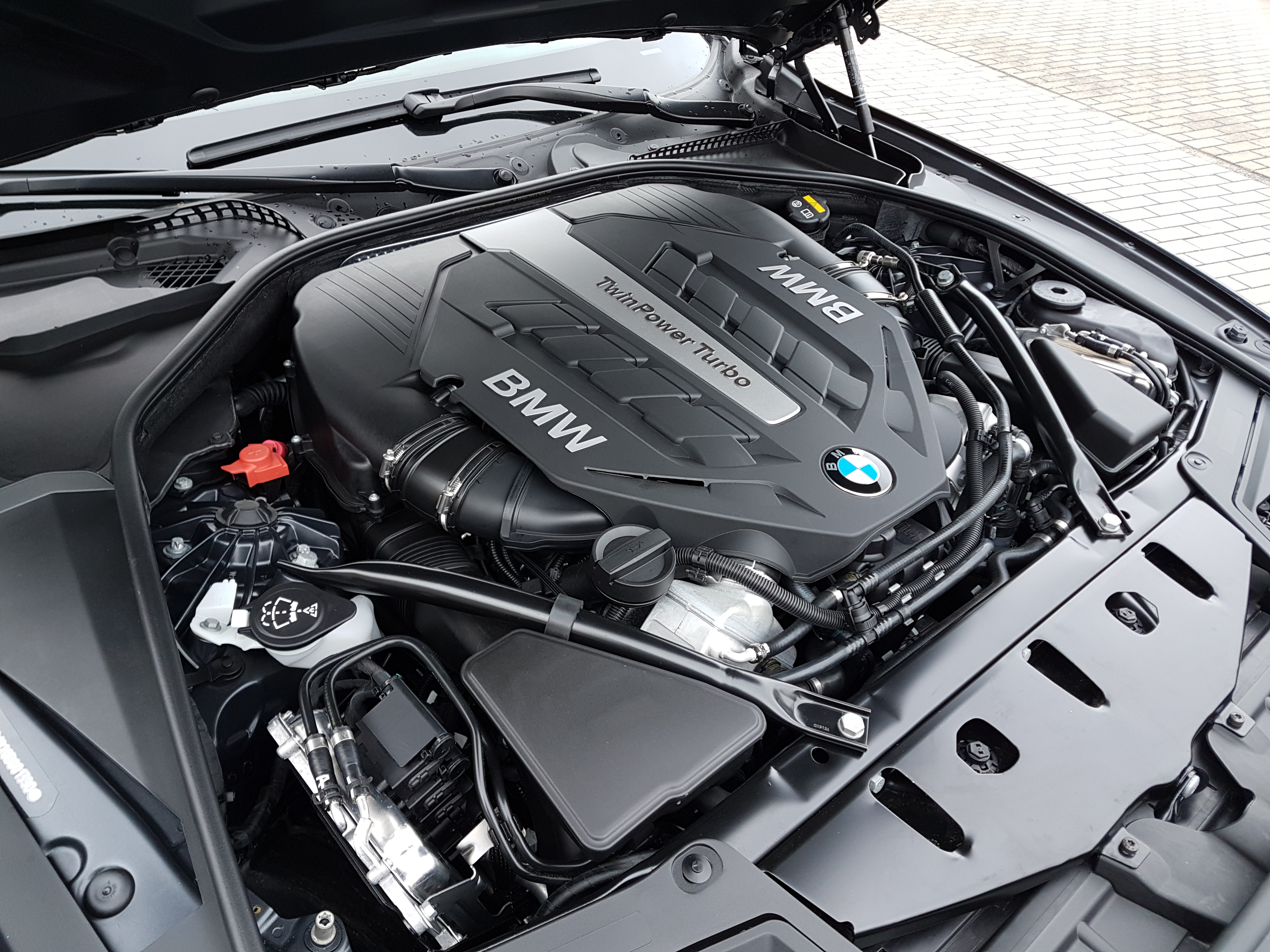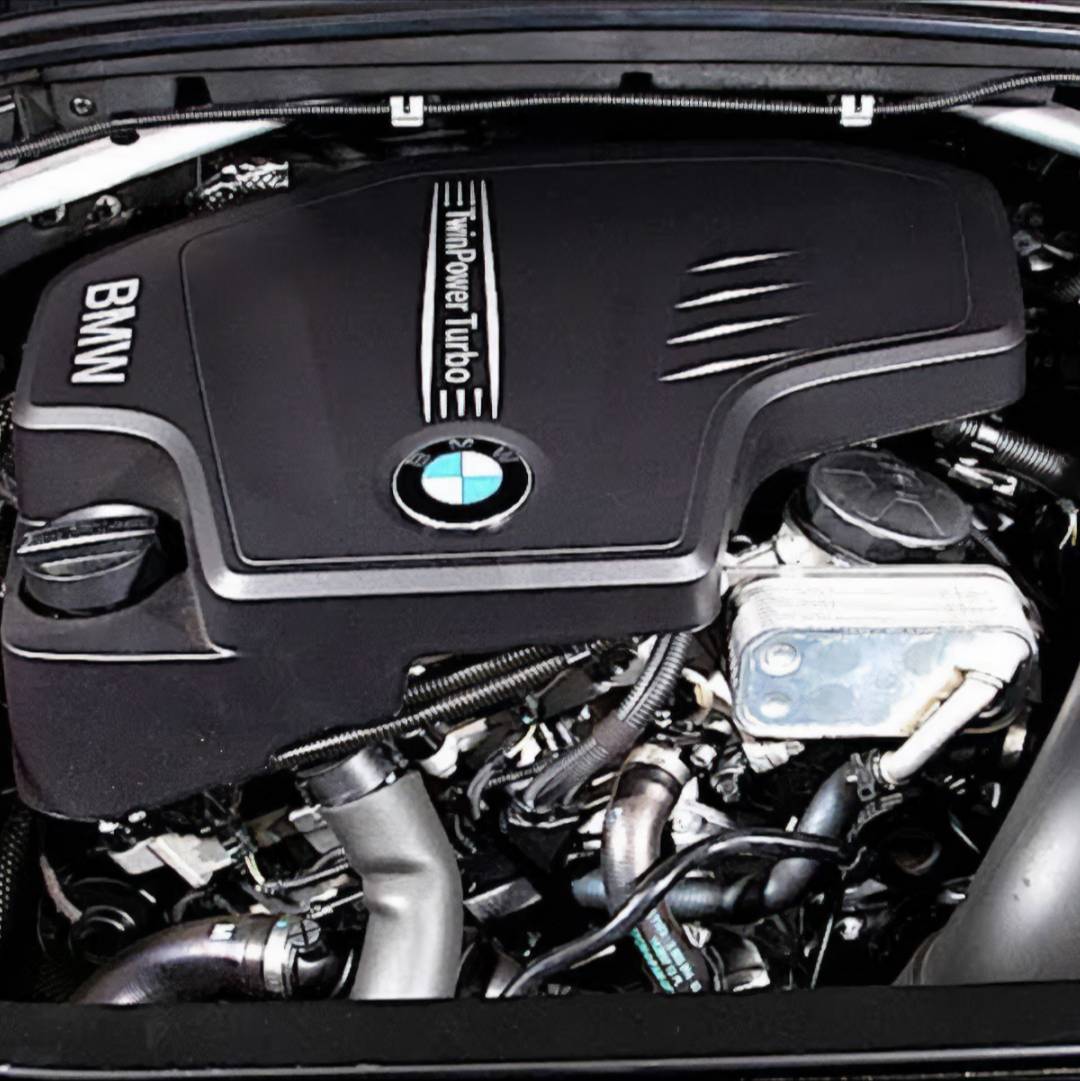A Comprehensive Guide to Understanding BMW Engine Specs
A Comprehensive Guide to Understanding BMW Engine Specs
Blog Article
Exploring the Development of Combustion Engines in Modern Transportation Systems
As we navigate the landscape of contemporary transport, the development of burning engines stands as a testament to human resourcefulness and design prowess. From their modest beginnings to the innovative giants pushing automobiles today, combustion engines have actually gone through a remarkable trip of innovation and adaptation. Recognizing the ins and outs of this evolution not only clarifies the past but also leads the way for visualizing what exists in advance in the world of transportation innovation. The interaction of background, technology, and environmental concerns fit the trajectory of combustion engines creates a story that is both informative and engaging.
Early Beginnings of Combustion Engines
Exactly how did the principle of burning engines initial arise in the early stages of transportation growth? The roots of combustion engines can be traced back to the 17th century when the principles of internal combustion were very first checked out.
The innovation minute included the creation of the first successful gasoline-powered engine by Karl Benz in 1885 - bmw engine. This engine led the way for the growth of the modern car, revolutionizing transport systems worldwide. Subsequent advancements by Nikolaus Otto and Gottlieb Daimler additionally refined burning engine modern technology, resulting in the mass manufacturing of automobiles and the quick development of the transportation industry
These early burning engines were identified by their simpleness and performance, laying the structure for the complex and effective engines utilized in modern transportation systems. The evolution of combustion engines has actually contributed fit the means we take a trip and transport goods, marking a considerable milestone in the history of transport development.
Change to Internal Combustion Innovation
The change to internal burning modern technology marked a crucial shift in the development of transport systems. This change began in the late 19th century, with developers like Nikolaus Otto and Gottlieb Daimler developing the very first effective interior combustion engines. These engines transformed transport by providing an extra efficient and effective option to vapor engines and electric motors.
Among the essential benefits of inner combustion engines was their capacity to be reduced to fit into lorries, bring about the growth of automobiles and motorcycles. This change from bulky, fixed engines to compact, mobile ones led the method for the modern transport systems we see today.
The shift to interior combustion innovation additionally spurred improvements in fuel innovation, bring about the development of gas and diesel as key gas sources for vehicles. This change not just made transport more available to the masses yet likewise laid the structure for the oil and gas industry to become indispensable to worldwide economic climates.
Effect of Combustion Engines on Transportation
The adoption of combustion engines in transport systems catalyzed an extensive change in the efficiency and rate of global wheelchair. Combustion engines transformed transportation by supplying a trustworthy and flexible source of power for various vehicles, including cars and trucks, ships, vehicles, and aircrafts. This development considerably improved the capability for people and goods to relocate over fars away in much shorter amount of time, resulting in enhanced connection between areas and countries.
Furthermore, the extensive use combustion have a peek at this site engines has had a substantial effect on financial advancement. The capacity to transfer products efficiently has actually spurred profession and commerce, enabling organizations to expand their markets and reach customers worldwide. This has actually facilitated financial development and globalization, as items can now be delivered quicker and in bigger quantities than in the past.
Nevertheless, the environmental impact of burning engines can not be forgotten. The combustion of fossil gas has actually brought about air pollution and greenhouse gas discharges, adding to climate modification and positioning health risks to populations. bmw engine. Because of this, there is an expanding emphasis on developing alternate propulsion technologies to mitigate these unfavorable results and develop a much more lasting future for transport
Technologies in Combustion Engine Style
One significant advancement is the advancement of turbocharged engines, which make use of exhaust gases to drive a wind turbine that compresses incoming air, permitting for more fuel to be charred, resulting in enhanced power output without a considerable increase in engine size. Variable valve timing systems have actually additionally reinvented engine style by enhancing air movement at different engine speeds, enhancing both power and effectiveness. These developments jointly add to the continuous enhancement link of burning engines in modern-day transportation systems.
Future Patterns in Combustion Engine Growth
With modern technology improvements driving constant innovation, the future of combustion engine growth is positioned to transform transportation systems internationally. Among the key fads in combustion engine development is the push towards better performance and decreased exhausts. Makers are spending heavily in r & d to enhance engine efficiency while fulfilling rigorous environmental policies. This includes the integration of advanced gas shot systems, improved turbocharging techniques, and using lightweight products to maximize fuel usage and lower carbon exhausts.
An additional prominent trend is the fostering of crossbreed technologies in burning engines. Hybrid engines integrate traditional combustion technology with electrical power, providing improved gas efficiency and lower emissions. As the automotive market changes in the direction of electrification, crossbreed burning engines are viewed as a transitional remedy that connects the space between traditional lorries and completely electrical ones.
Furthermore, the integration of smart modern technologies, such as expert system and information analytics, is expected to play a significant duty in the future of burning engine development. These modern technologies can enhance engine efficiency in real-time, leading to extra efficient burning processes and enhanced total car performance. Embracing these future patterns will not just drive technology in burning engine growth but additionally contribute to a much more lasting and ecologically pleasant transportation environment.

Conclusion
In verdict, the development of combustion engines in modern transport systems has been marked by considerable improvements in innovation and style. From the early beginnings of combustion engines to the shift to inner burning technology, these engines have had an extensive effect on transportation. Advancements in combustion engine layout continue to drive development in this field, with future patterns concentrating on more boosting effectiveness and lowering emissions. The future of combustion engines in transportation looks appealing as study and development initiatives proceed to push limits.
The origins of burning engines can be traced back to the 17th century when the principles of internal burning were initial explored. These engines changed transportation by offering a more effective and effective choice to heavy steam engines and electrical motors.

Report this page